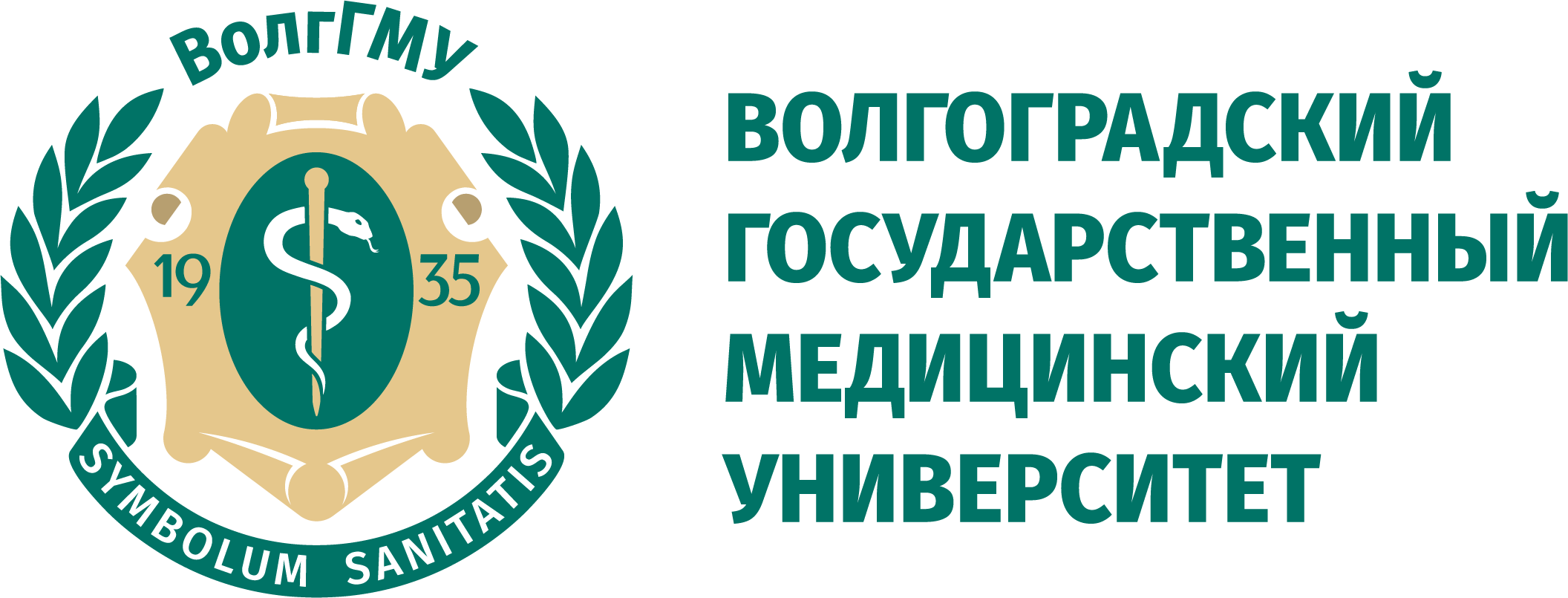Discipline "Molecular biology"
Class 9. Study Guide
Topic:
Principles of coordination of metabolic pathways. Regulation of enzymatic activity. Proteins and enzymes as targets for drugs.
Study questions:
- Metabolic pathways and the biological significance of their regulation.
- Principles of regulation of enzyme activity.
- Examples and functional role of cofactors – metal ions.
- Examples and functional role of cofactors – vitamin derivatives.
- Allosteric regulation of enzymatic activity.
- Inhibitors of enzymatic activity: classification and mechanisms of action.
- Regulation of enzyme activity by protein-protein interactions.
- Adenylate cyclase mechanism of hormonal signal transmission. The role of cAMP.
- Regulation of enzyme activity by covalent modification. Phosphorylation and dephosphorylation.
- Partial proteolysis: biological significance and examples.
- Principles of using enzymes as clinical and laboratory biomarkers.
- Diagnostic value of isoenzymes.
- Limitations of determining the activity of enzymes for the diagnosis of diseases.
- Enzymes as medicines.
Vocabulary (list of mandatory terms and concepts):
- metabolic pathway,
- enzyme lability,
- efficiency of enzymes,
- catalytic specificity of enzymes,
- prosthetic groups,
- Michaelis constant,
- allosteric effectors of enzymes,
- zymogens,
- partial proteolysis,
- G-proteins,
- adenylate cyclase,
- protein kinases,
- phosphatases,
- heterotropic regulation,
- homotropic regulation,
- competitive inhibition,
- non-competitive inhibition;
Последнее изменение: Пятница, 21 Октябрь 2022, 08:43
